Understanding Cricket Pitches: A Comprehensive Guide
In cricket, the conditions and pitches play a significant role in determining the outcome of a match. The pitch’s behavior can vary depending on its type, moisture content, and grass covering. Understanding the different types of pitches and their characteristics is crucial for both players and spectators.
Types of Cricket Pitches
There are six main types of cricket pitches:
1. Green Top Pitch
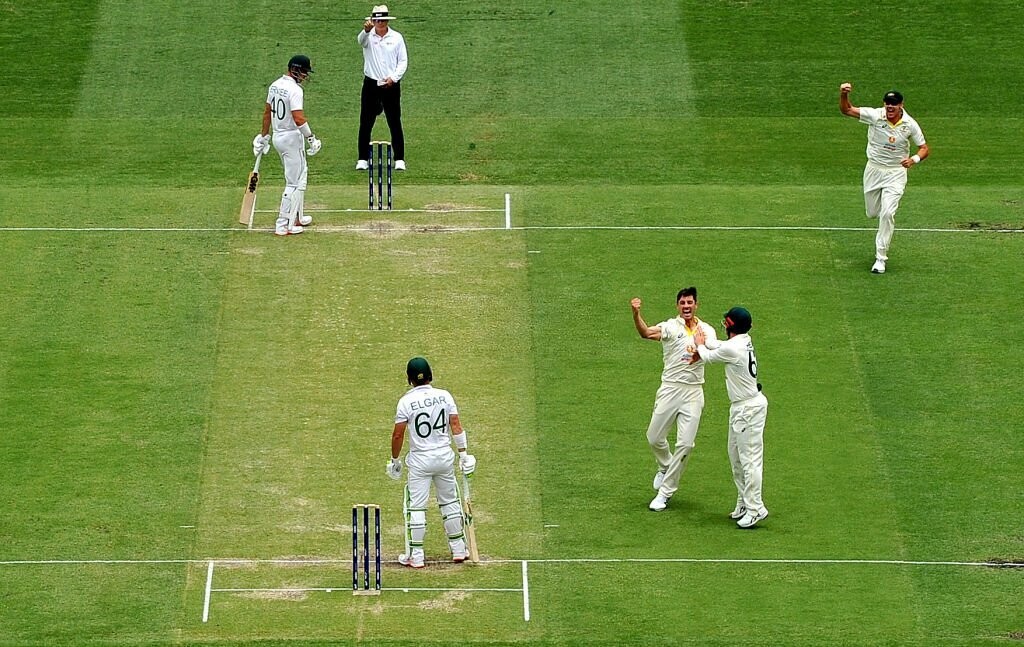
A green top pitch, as found at the MCG, the WACA, is helpful for bowlers. There is some green covering of grass over this pitch, and it is usually hard beneath. Grass is used to keep the surface intact and held together so, in a test match, the pitch doesn’t wear out. Usually, after the first innings, this pitch gets better for batting, but bowlers always remain in the game. The bowlers enjoy this pitch more if there are overcast conditions, which can make it quite difficult for batters to find their way to stability against consistently moving deliveries.
2. Dry Pitch
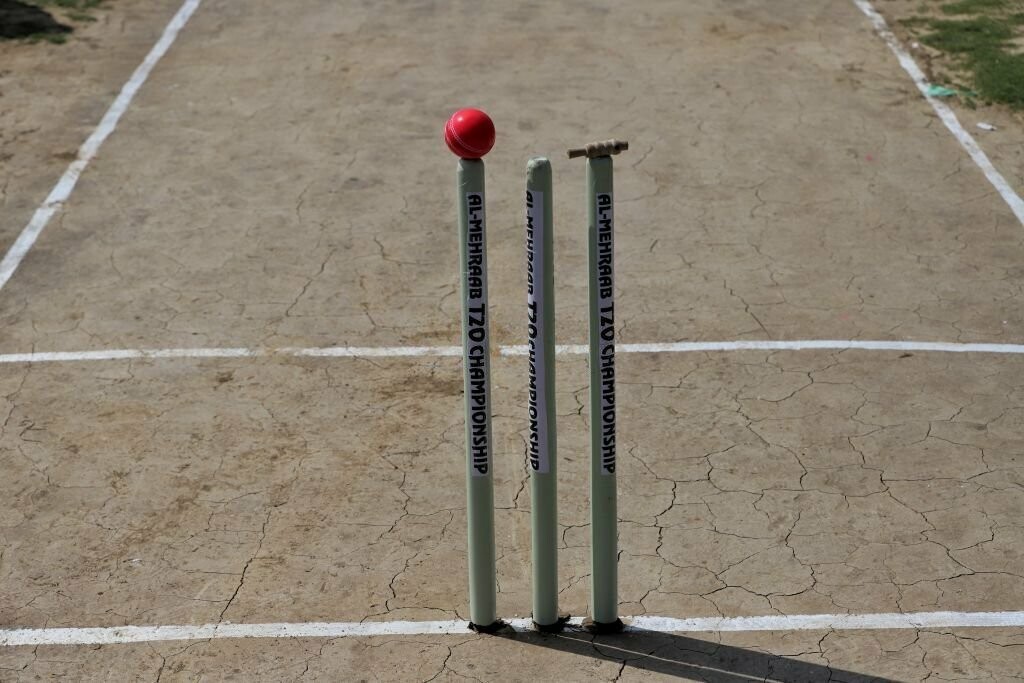
When a pitch is dry, captains winning the toss usually go with batting first. There is a big reason behind that. Dry pitches tend to help bowlers as the game progresses. Because of its nature, spinners tend to get sharp bounce, and pacers tend to use cutters and slower balls, which are difficult to hit on dry pitches. A dry pitch usually has some visible cracks, and the bounce will be even, so batters have something to work with. Because of no moisture, dry pitch deteriorates rapidly, which makes it challenging for the team batting second.
3. Dusty Pitch
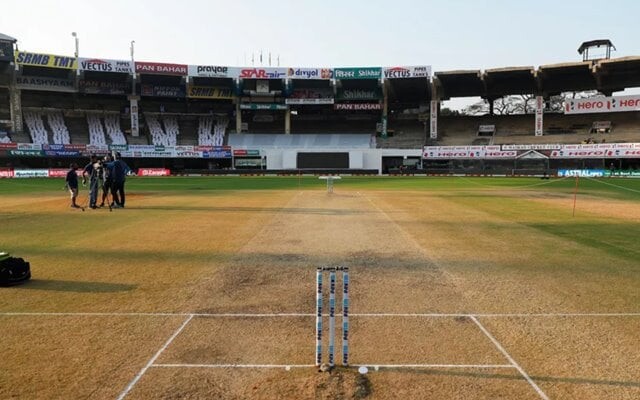
Such a pitch is definitely seen in Chennai. A challenging pitch for batters but not a good choice for test matches because it will conclude in 3-4 days. These pitches are left unrolled, giving bowlers an edge over batters. Because of the dust, the ball sits in and takes vicious turns with uneven bounce, which is a tough job for batters to negotiate. On dusty pitches, there is always some swing available for pacers with the new ball, and the ball gets dirty easier, so there will be chances of reverse swing with the old ball.
4. Dead Pitch
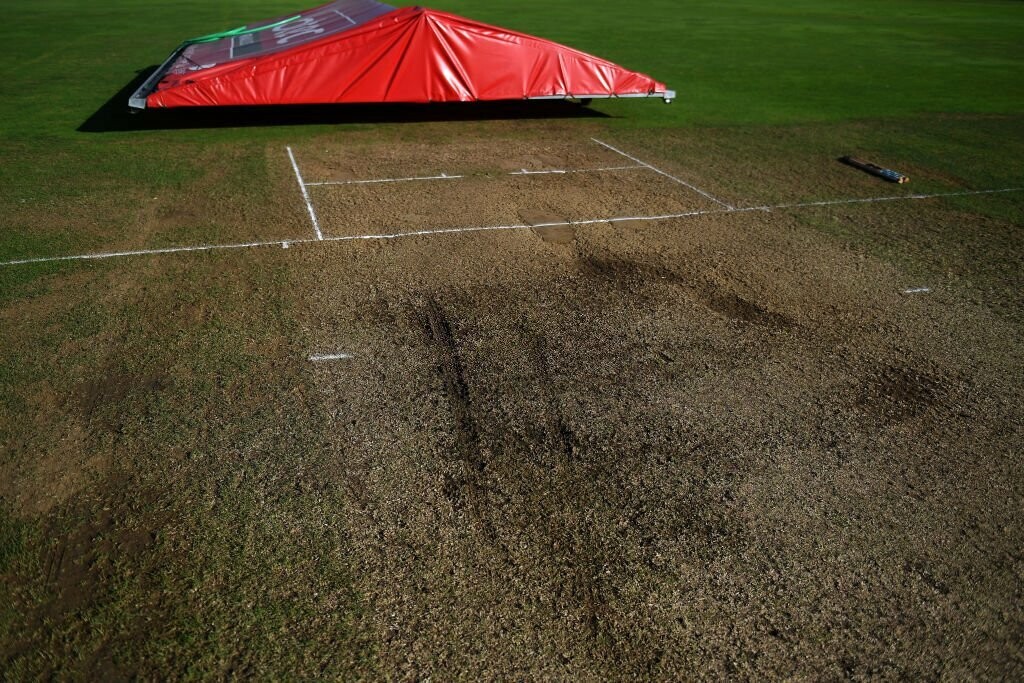
Most preferred for T20 games, a dead pitch has no assistance for bowlers. Batters usually go with the “see the ball, hit the ball” routine on these decks. However, skillful players will definitely get something out of it, but it doesn’t provide an ideal spectacle for the red-ball format, where batters will definitely touch around the 400+ runs mark in the first innings. On a dead pitch, the ball doesn’t deviate much because it gets no help off the surface.
5. Flat Track Deck
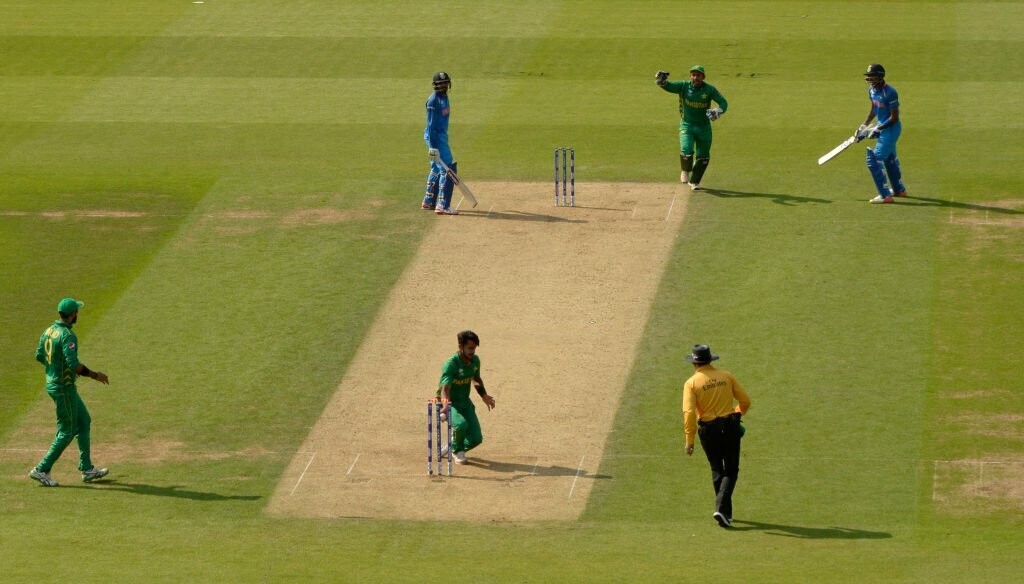
With a little or bare covering of grass and rolled amply, a flat track deck often produces a perfect spectacle of a cricket match. Batters usually trust the bounce on these surfaces and swing through the line. A flat deck is always a bad omen for the bowler; in such cases, bowlers can only use ground dimensions to their advantage if there is a little bit. You won’t find cracks on a flat track; the pitch is swiftly held together. The game between South Africa
6. Wet/Sticky Pitch
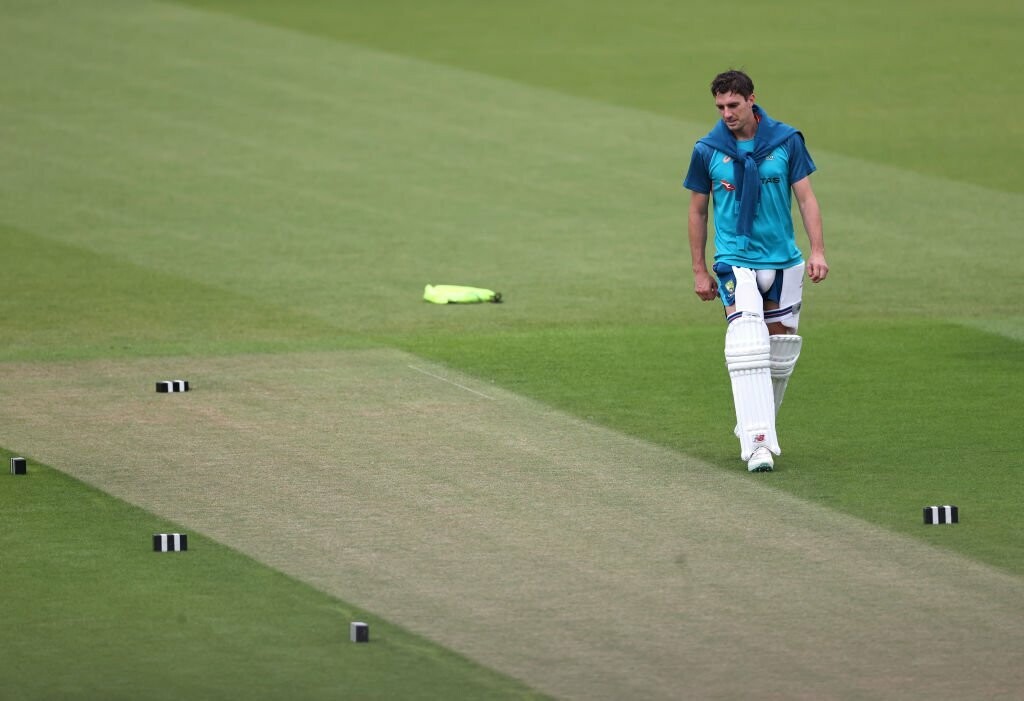
Bowlers usually know it’s their day when they have an opportunity to bowl on a wet pitch. It is a sort of sticky surface with a tinge covering of grass and enough moisture in it. Pacers will get three types of help: a) the ball will have uneven bounce like a tennis ball b) because of stickiness, the ball will vary in speeds c) moisture and covers will allow the ball to swing for a good amount of time. Sometimes on a wet pitch, the ball is unpredictable for both bowlers and batters. However, pacers will get more help on this pitch than spinners.
Assessing conditions is an integral part of the game. Unlike other games, it plays a significant role in deciding the outcome of the game. Even a team’s playing 11 depends on what kind of pitches they are playing on. Besides six types of pitches, you will see red soil and black soil cricket pitches particularly in India and they have their own nature.
Red Soil and Black Soil Pitches
In addition to the six main types of pitches, there are also red soil and black soil pitches, which are commonly found in India.
Red Soil Pitch: Red soil pitches are known for their even bounce and consistent behavior. They are generally considered to be batting-friendly pitches.
Black Soil Pitch: Black soil pitches are unpredictable and can favor either batsmen or bowlers depending on the conditions. They are often rough and dusty, making them challenging to play on.
READ MORE: Difference between In-Swing and Out-Swing
Factors Affecting Pitch Behavior
The behavior of a pitch can be affected by several factors, including:
Moisture content: If the pitch has been under cover for any reason, it will definitely have some moisture which will help bowlers earlier in the innings.
Grass covering: A thicker grass covering makes the pitch more bowler-friendly and the pitch remains true to its nature throughout the game.
Weather conditions: Overcast conditions can make the ball swing more, while hot and sunny conditions can make the pitch drier.
Soil type: Red soil pitches are generally batting-friendly, while black soil pitches can be unpredictable.
Impact of Pitch Conditions on the Game
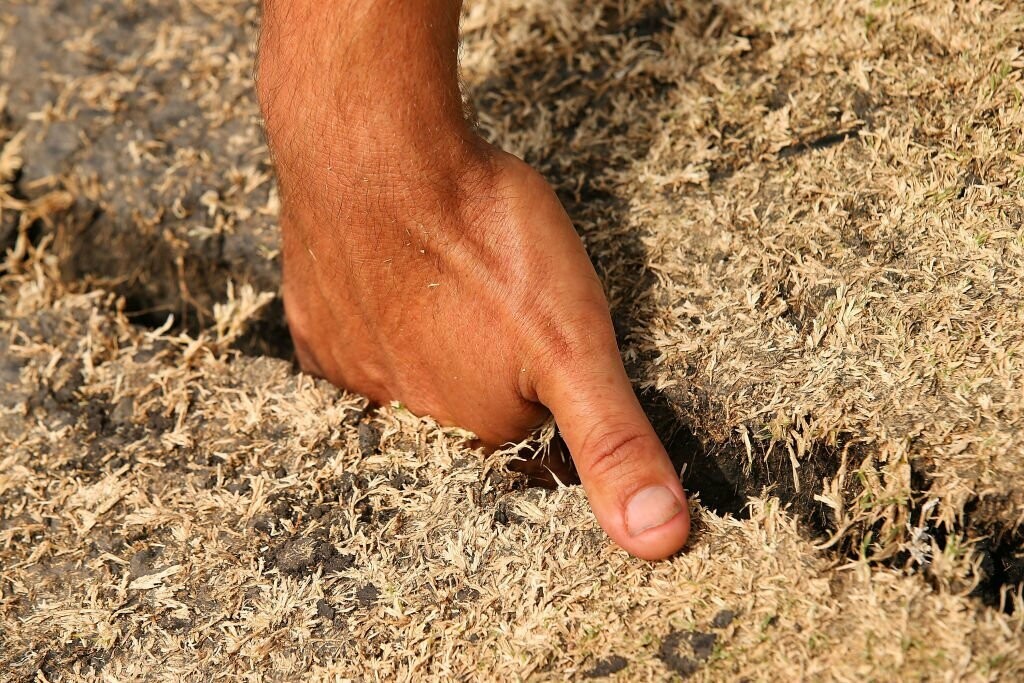
The condition of the pitch can have a significant impact on the outcome of a cricket match. For example, a pitch that favors bowlers may result in a low-scoring match, while a pitch that favors batsmen may result in a high-scoring match.
Understanding pitch conditions is an essential part of cricket strategy. Captains and players must carefully consider the pitch conditions when making decisions about team selection, batting order, and bowling tactics.
What does a slow pitch mean?
Pitches are called slow when the ball doesn’t come onto the bat nicely. Batters struggle to time the ball on these decks. Slow pitches are a result of unpreparedness, and sometimes, depending on the day, a deck can behave that way.
Which Pitch is Best Suited for Pacers?
Green top pitches are an absolute delight for pacers because it swings in the air and seams off the pitch. Bowlers like KG Rababa, Mitchell Starc, Mohammad Shami can use the ball as a weapon on these surfaces.
Which Pitch is Best Suited for Spinners?
If a pitch is dry and has some cracks, spinners will enjoy bowling in these conditions. It gives a spinner leverage with their lines and lengths. Dry pitches produce sharp turn for spinners and if it hits the crack, it almost becomes unplayable for the batters.
It also depends on which country you’re playing in. For example, South Africa and Australia always have a bouncy and spicy wicket where bounce and pace are often the weapons for batters. In England, swing bowlers extract most out of the surface for their advantage. In India where pitches are generally slow, a bowler’s skill plays a big role alongside what the pitch is offering.

